Codegen with Natasha: A step change for software development

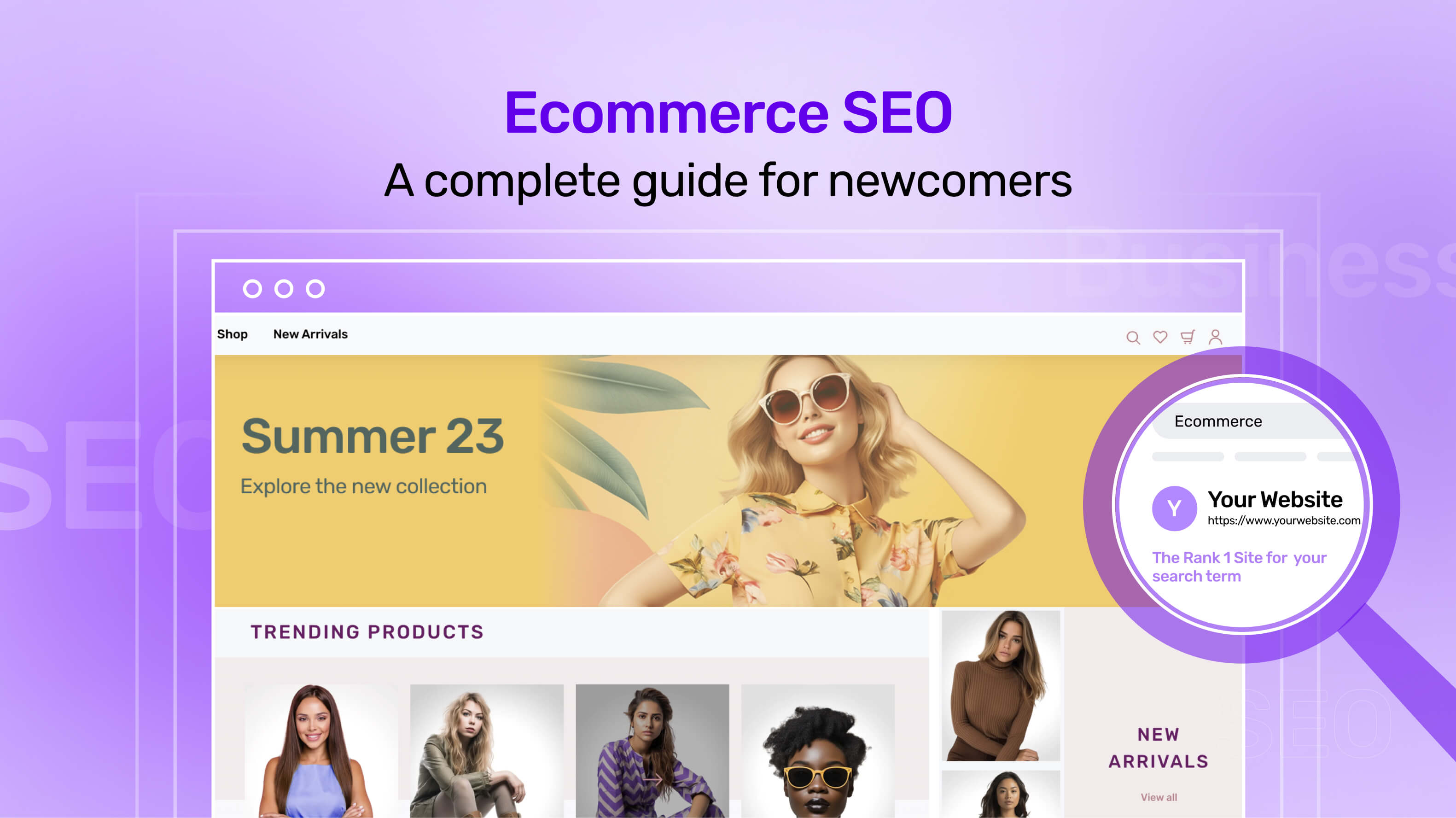
Ecommerce SEO: a complete guide for newcomers
Here’s how your online store can be on top of the SERPs.
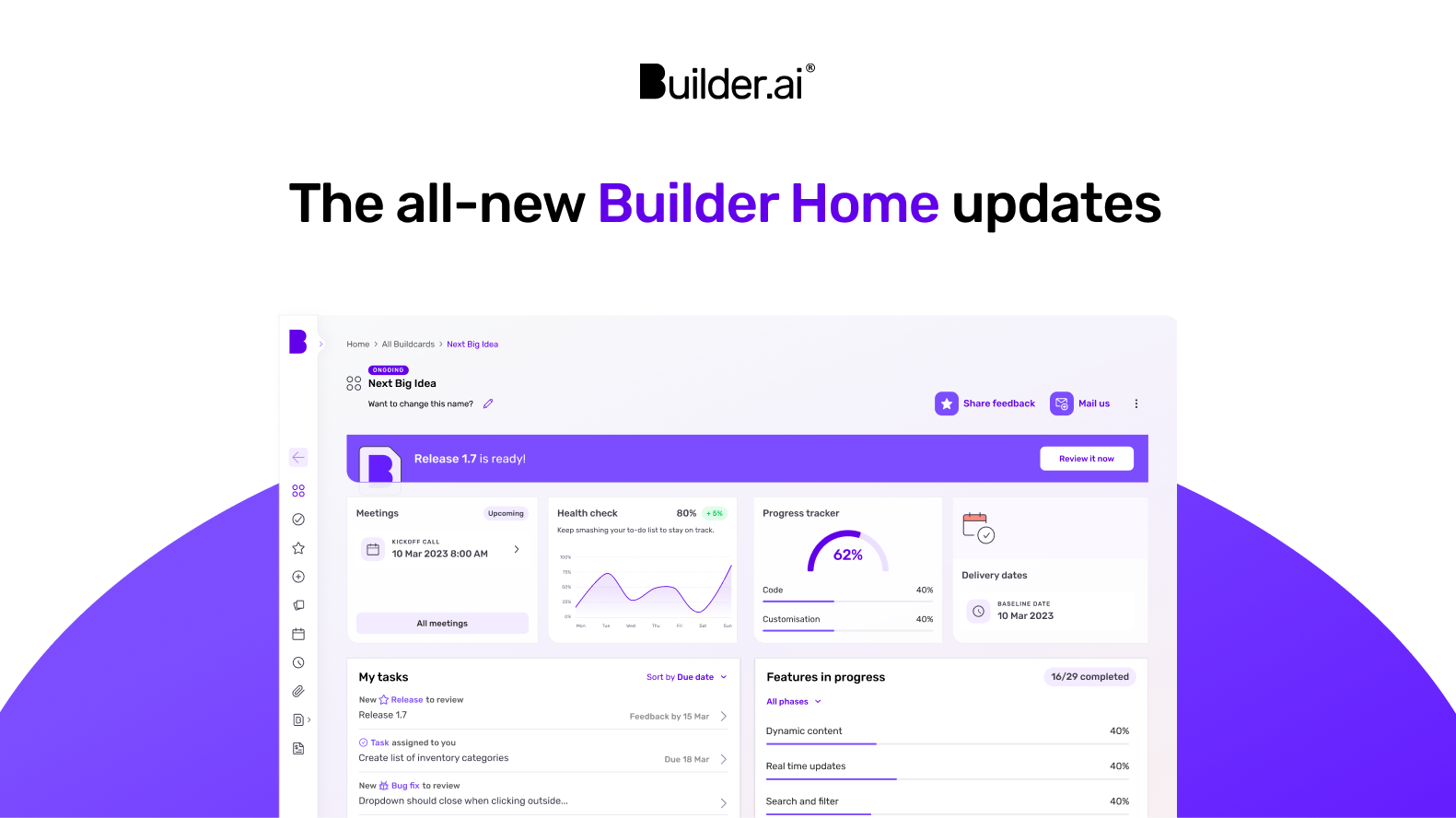
Elevate your project management experience: The all-new Builder Home updates
Step into a brand new world of refined project management by discovering what's new from Builder Home. (Builder Home is your one-stop dashboard to monitor your app-building progress.)
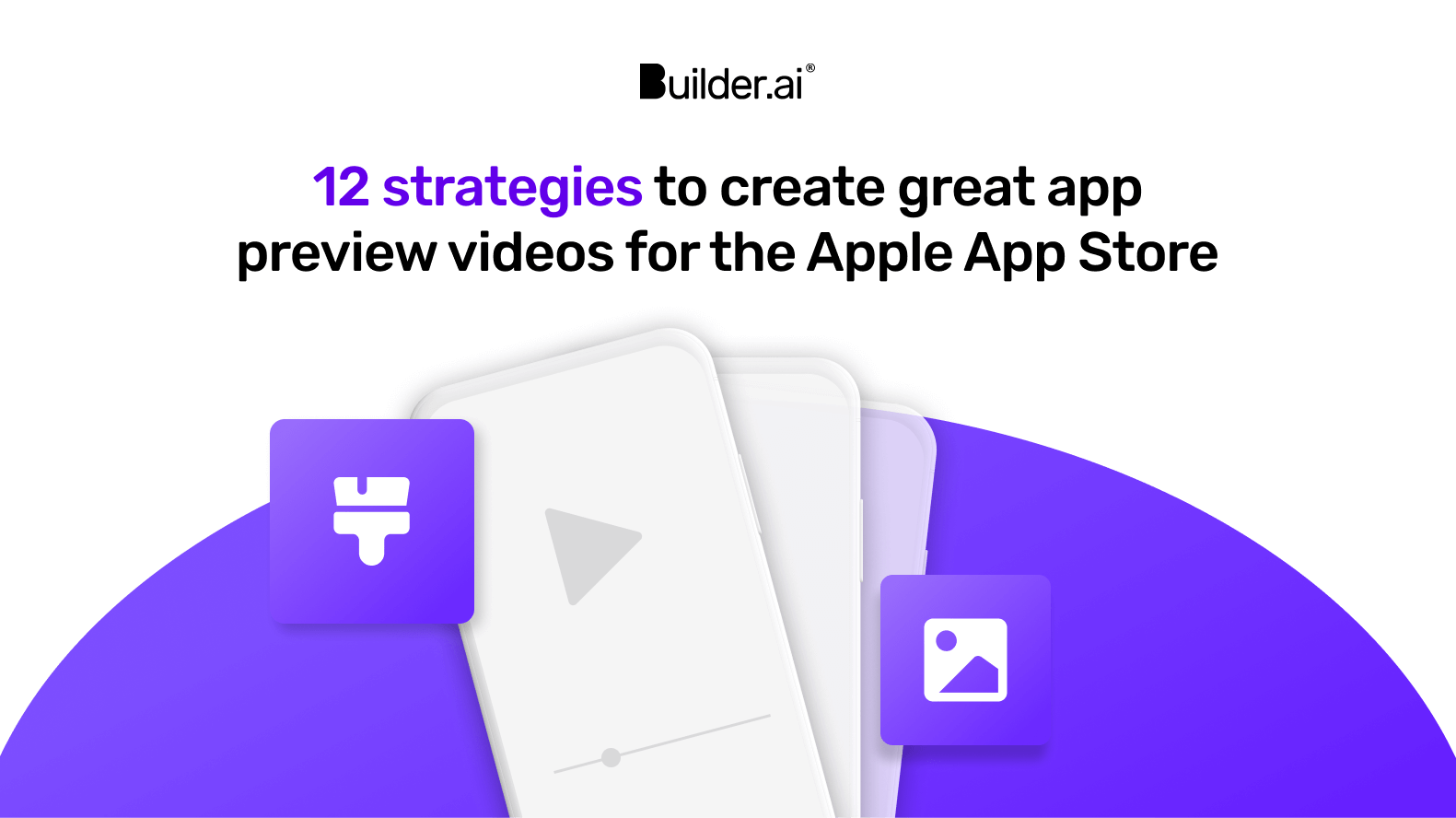
12 strategies to create great app preview videos for the Apple App Store
Here’s how to create preview videos that make users hit the “Get” button…
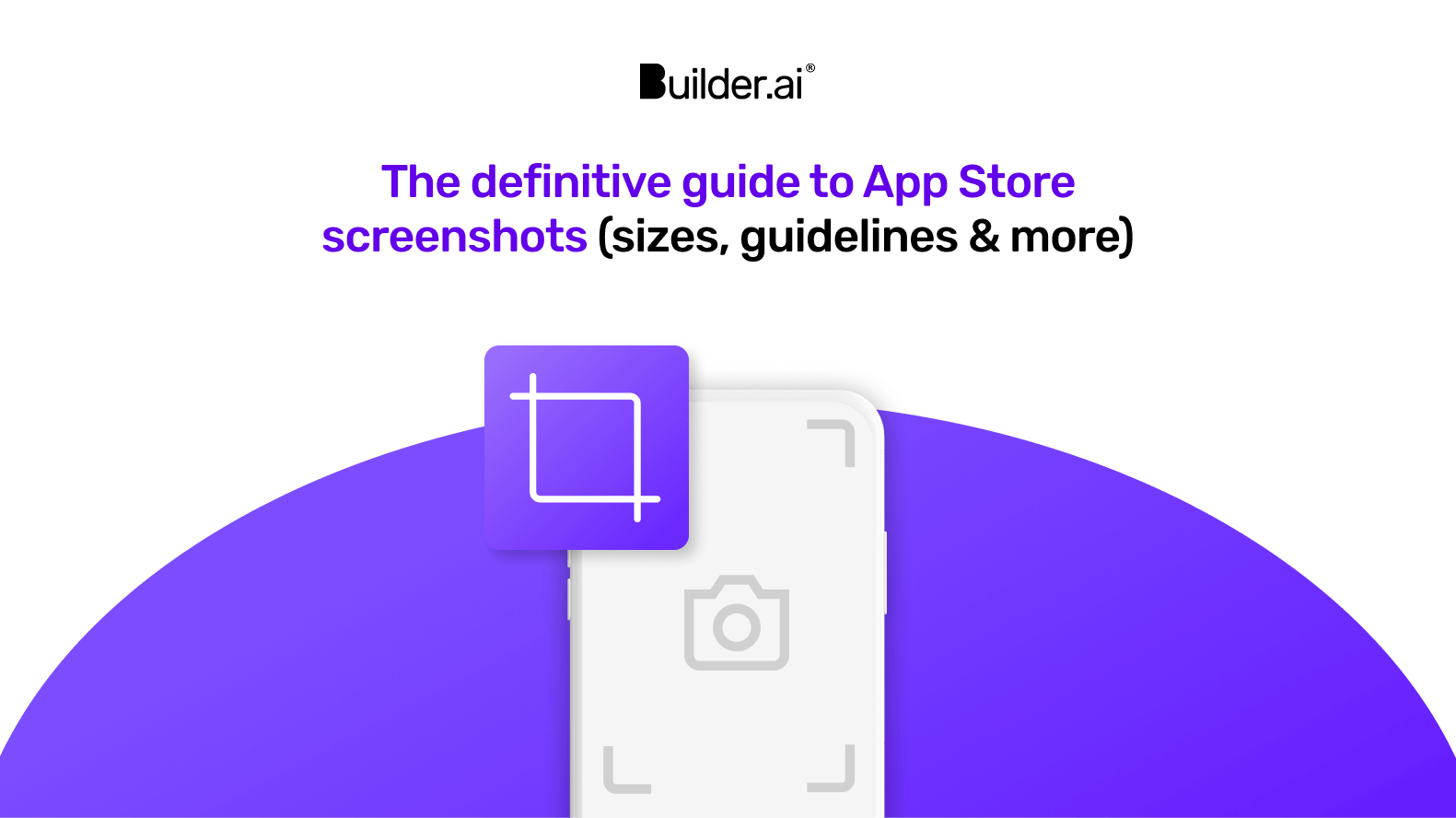
The definitive guide to App Store screenshots (sizes, guidelines & more)
Here’s how to create iOS app screenshots that make users hit the “Get” button…
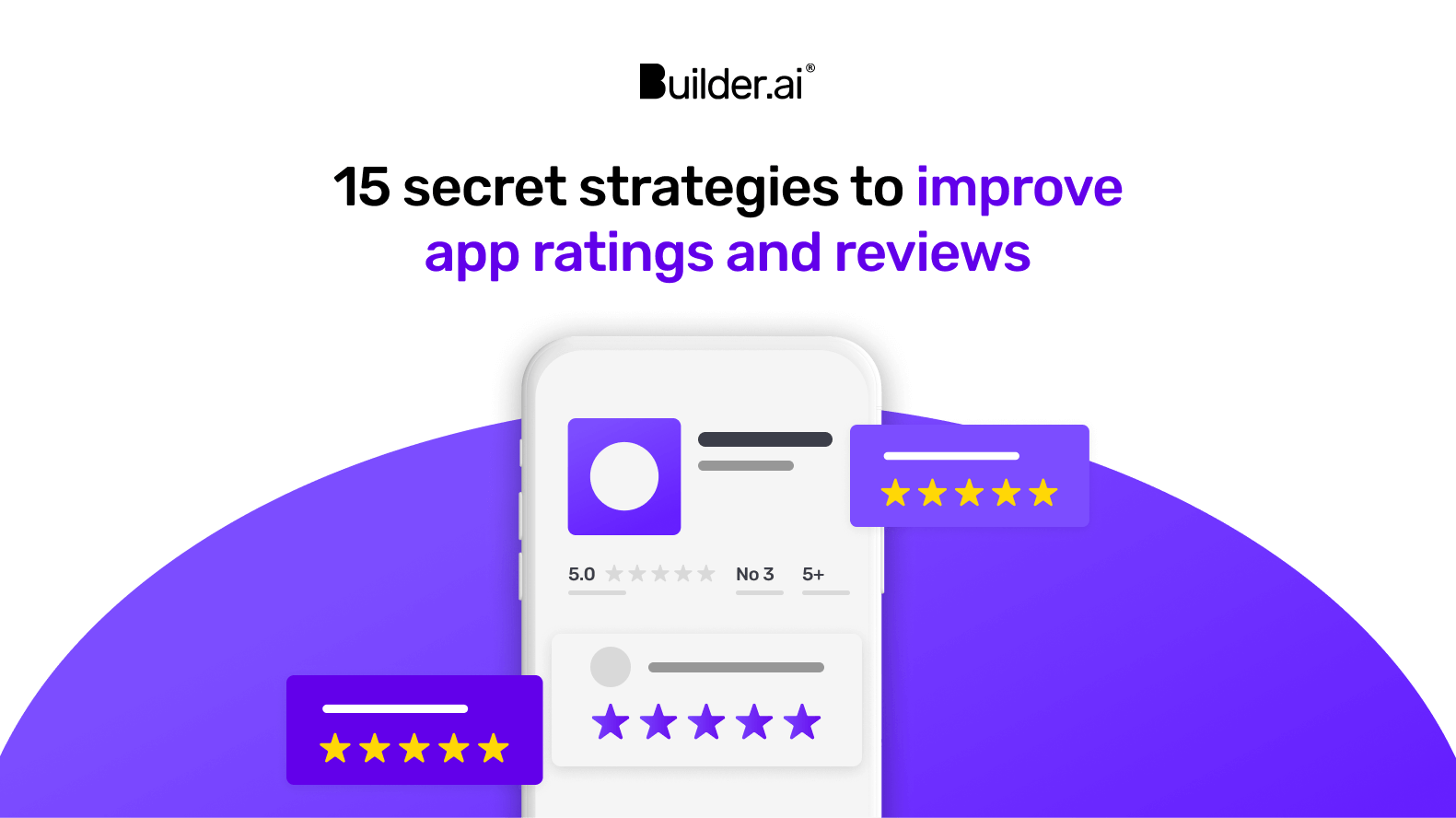
15 secret strategies to improve app ratings and reviews
Here’s how you can secure ratings and reviews at scale and skyrocket your app store rankings…

Codegen with Natasha: A step change for software development
Turning voice into code helps us deliver any software idea with unparalleled precision and speed
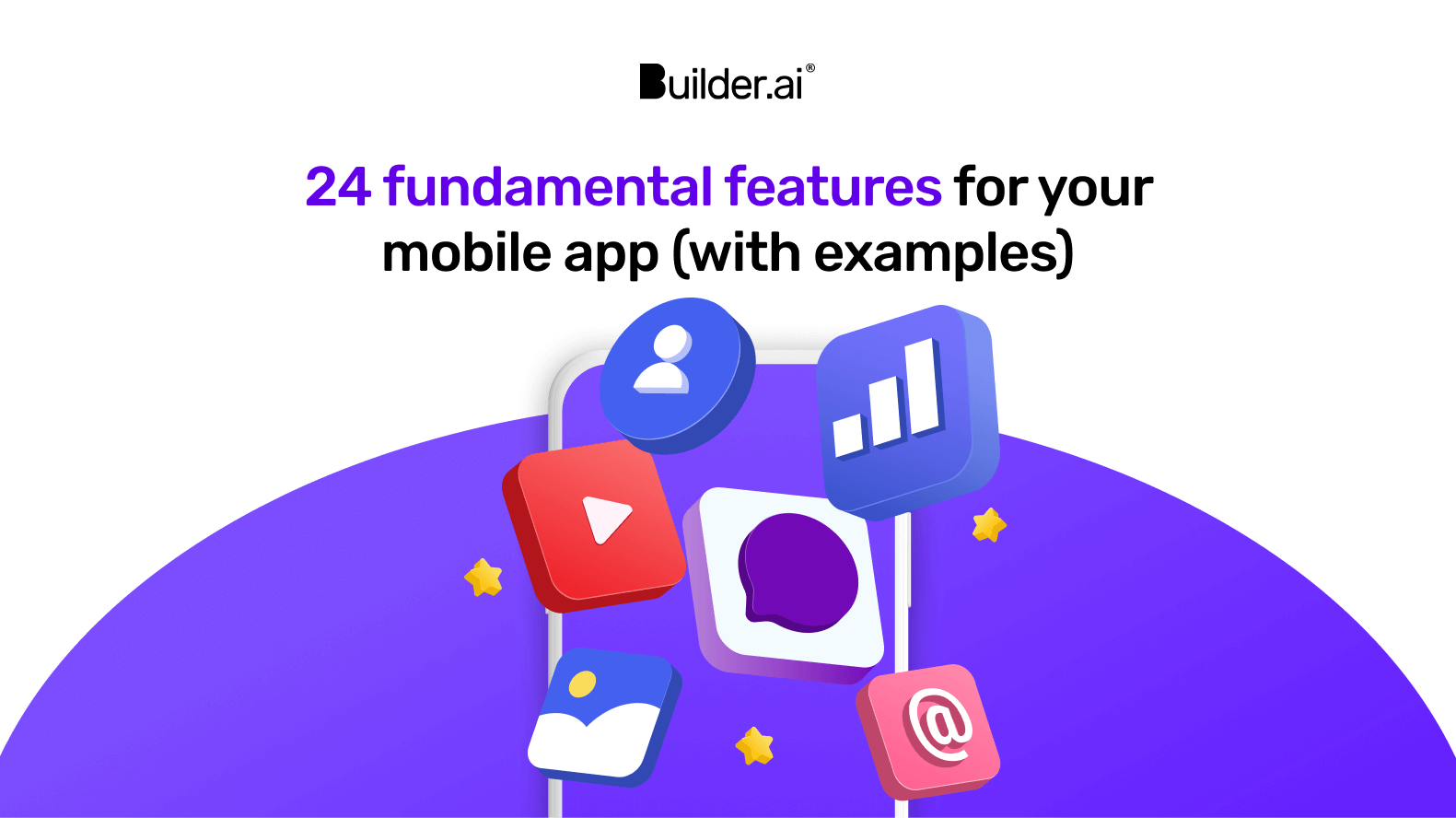
24 fundamental features for your mobile app (with examples)
Here are the features ecommerce, finance, health & fitness, travel, e-learning and entertainment apps need to succeed

Setting the Record Straight: Builder.ai’s Commitment to Integrity and Leadership
In response to the recent article published by the Financial Times, which attempts to cast a shadow on the integrity of our Founder and CEO (Chief Wizard) Sachin Dev Duggal, it is imperative to address and debunk the narrative presented.
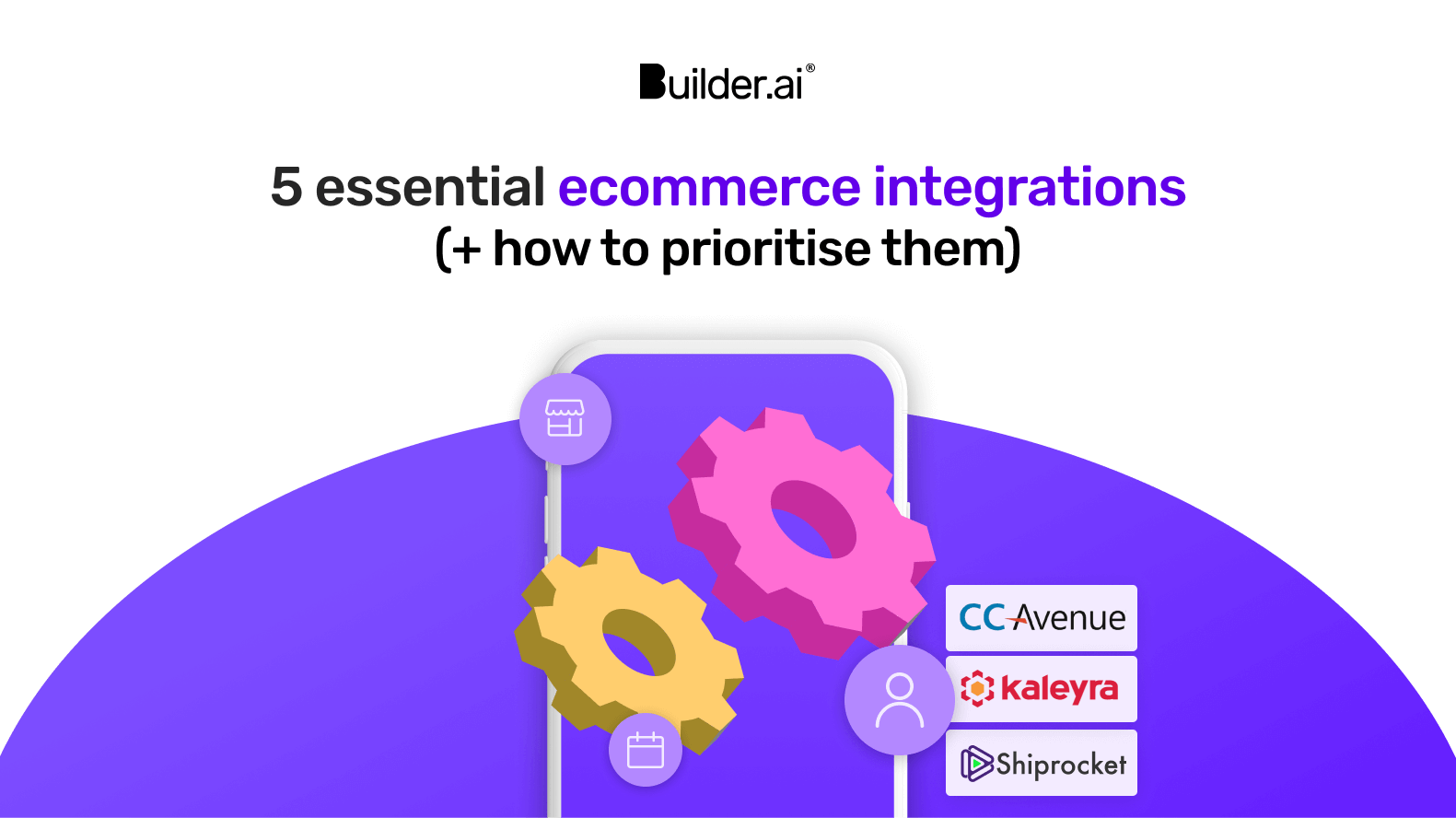
5 essential ecommerce integrations (+ how to prioritise them)
Here’s how you can avoid overspending and get the right tech stack for your online store

5 simple steps to mapping app user journeys
Here’s how to ensure users can seamlessly navigate through your app…
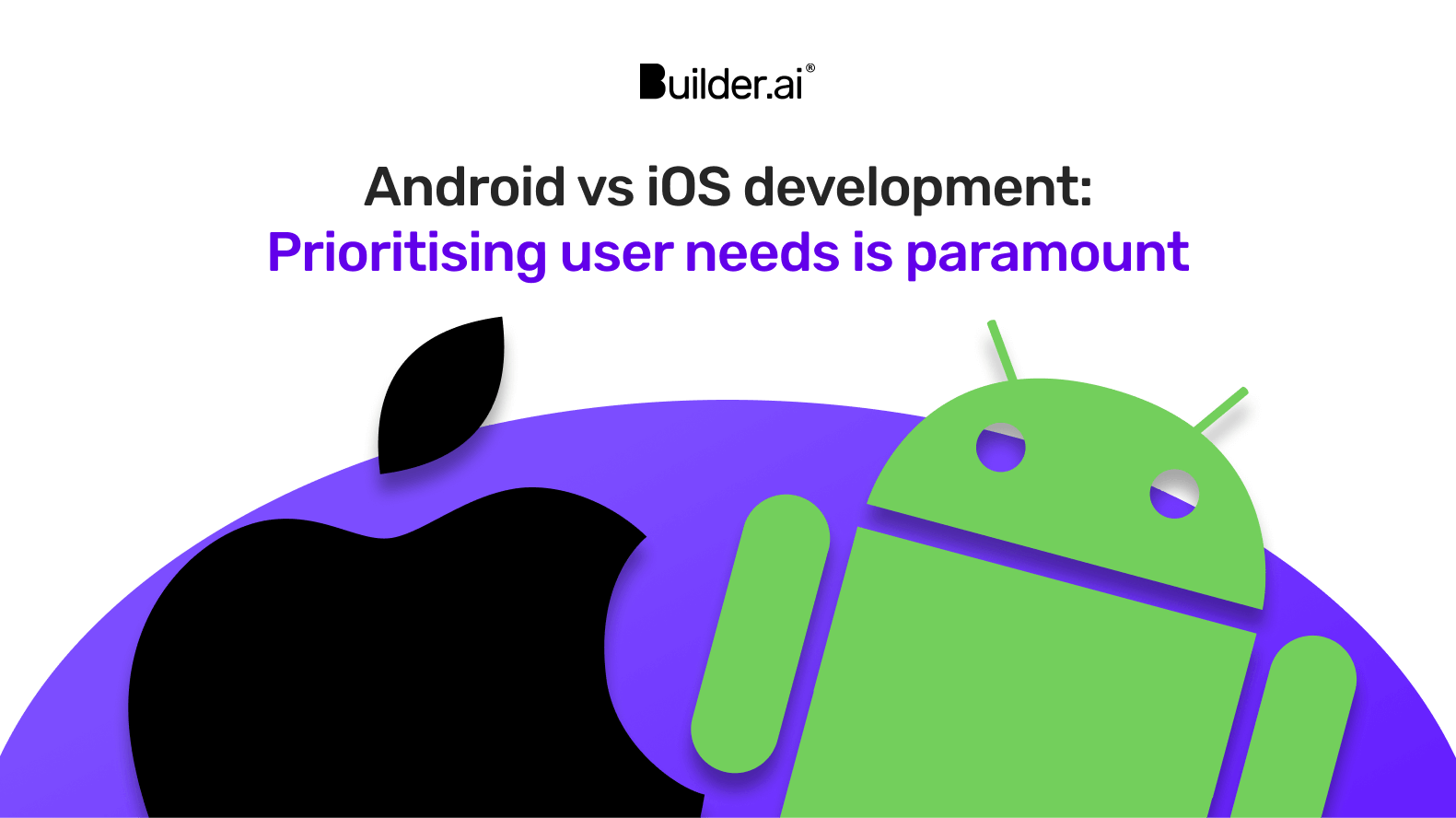
Android vs iOS development: Prioritising user needs is paramount
Personal preference counts for nothing when you’re developing an app
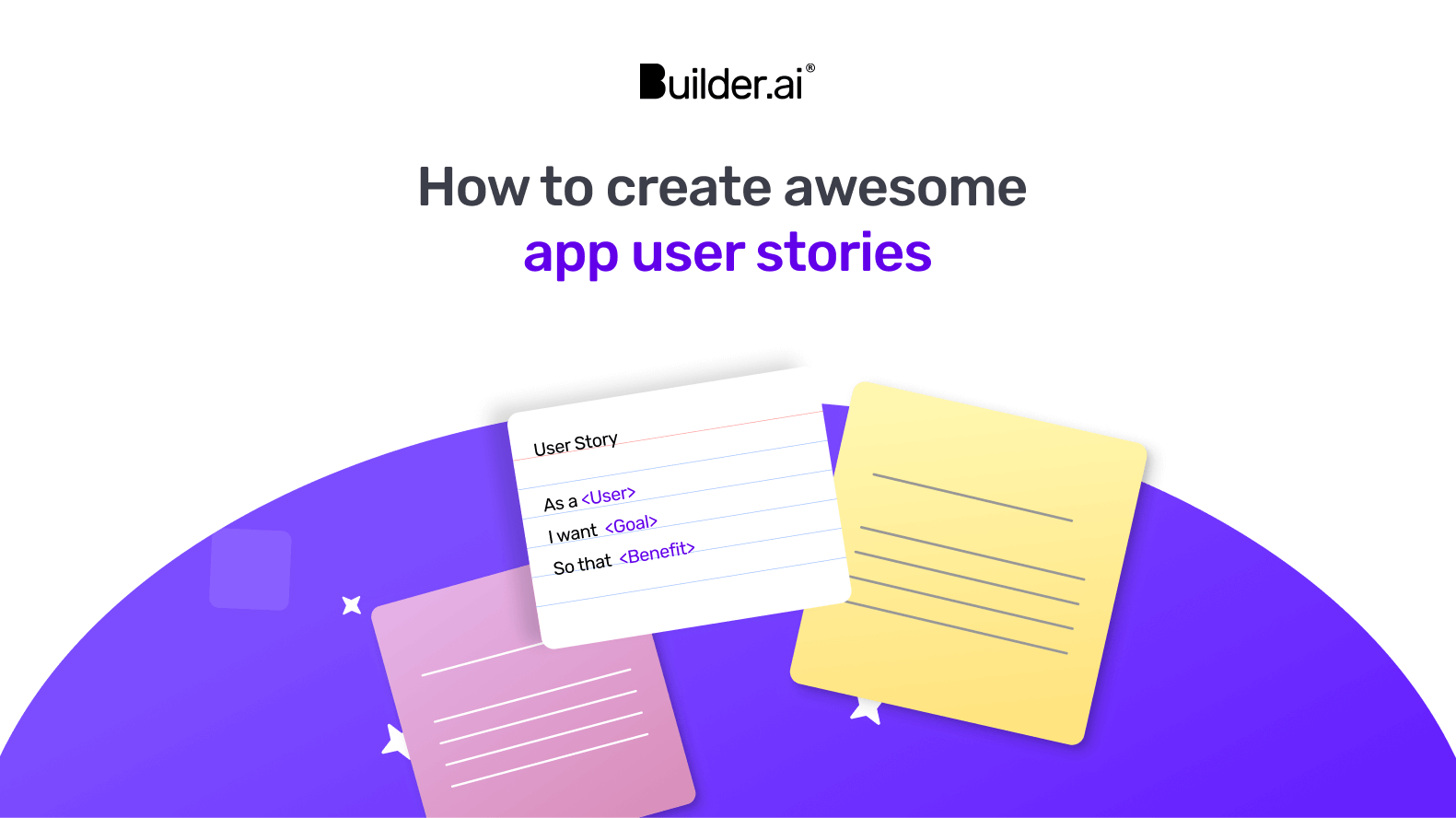
How to create awesome app user stories (examples, frameworks & more)
The INVEST criteria is the secret ingredient to building an exceptional app
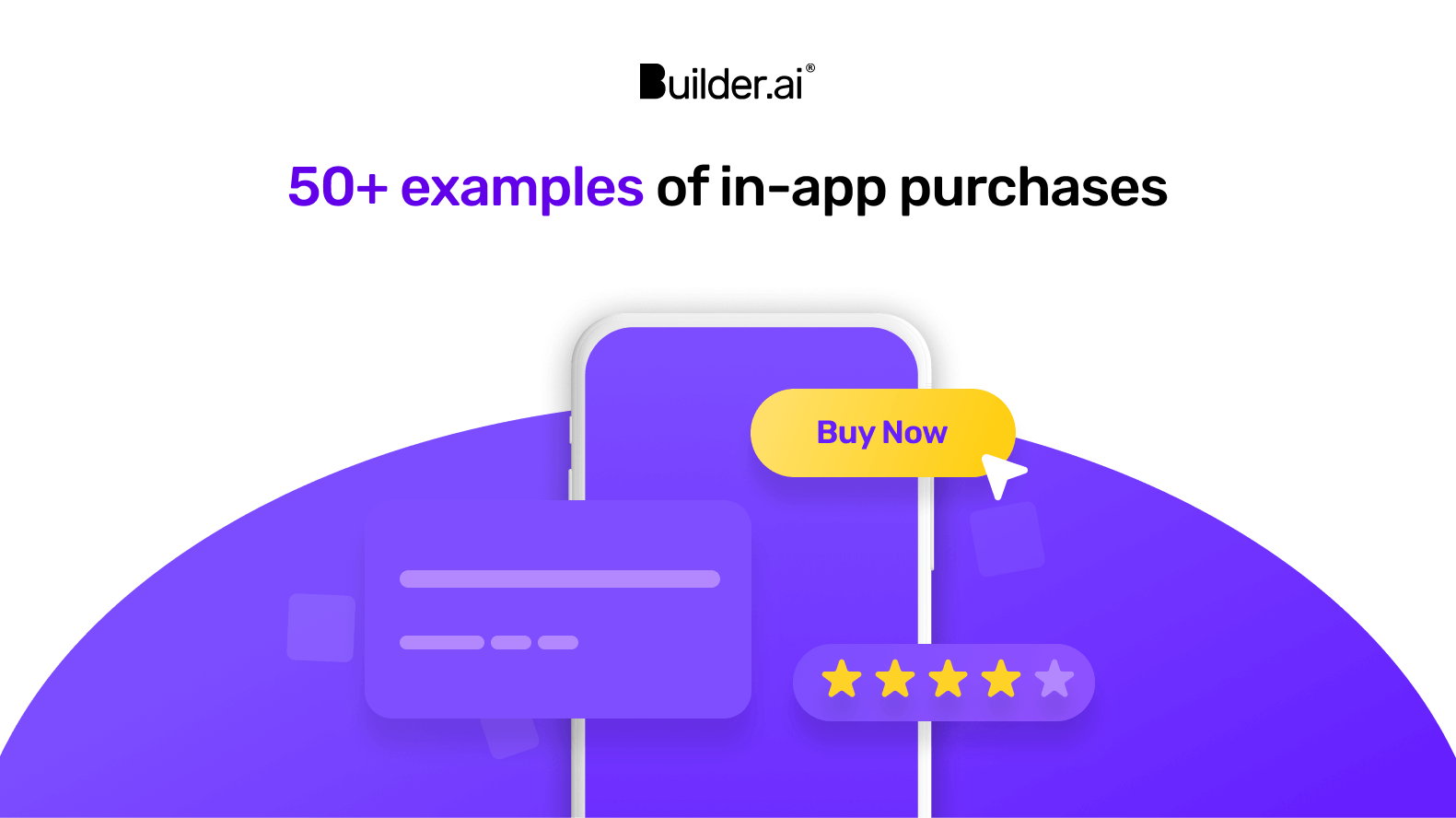
50+ revenue-boosting examples of in-app purchases (across industries)
Discover the different types of IAPs, how they work and more…
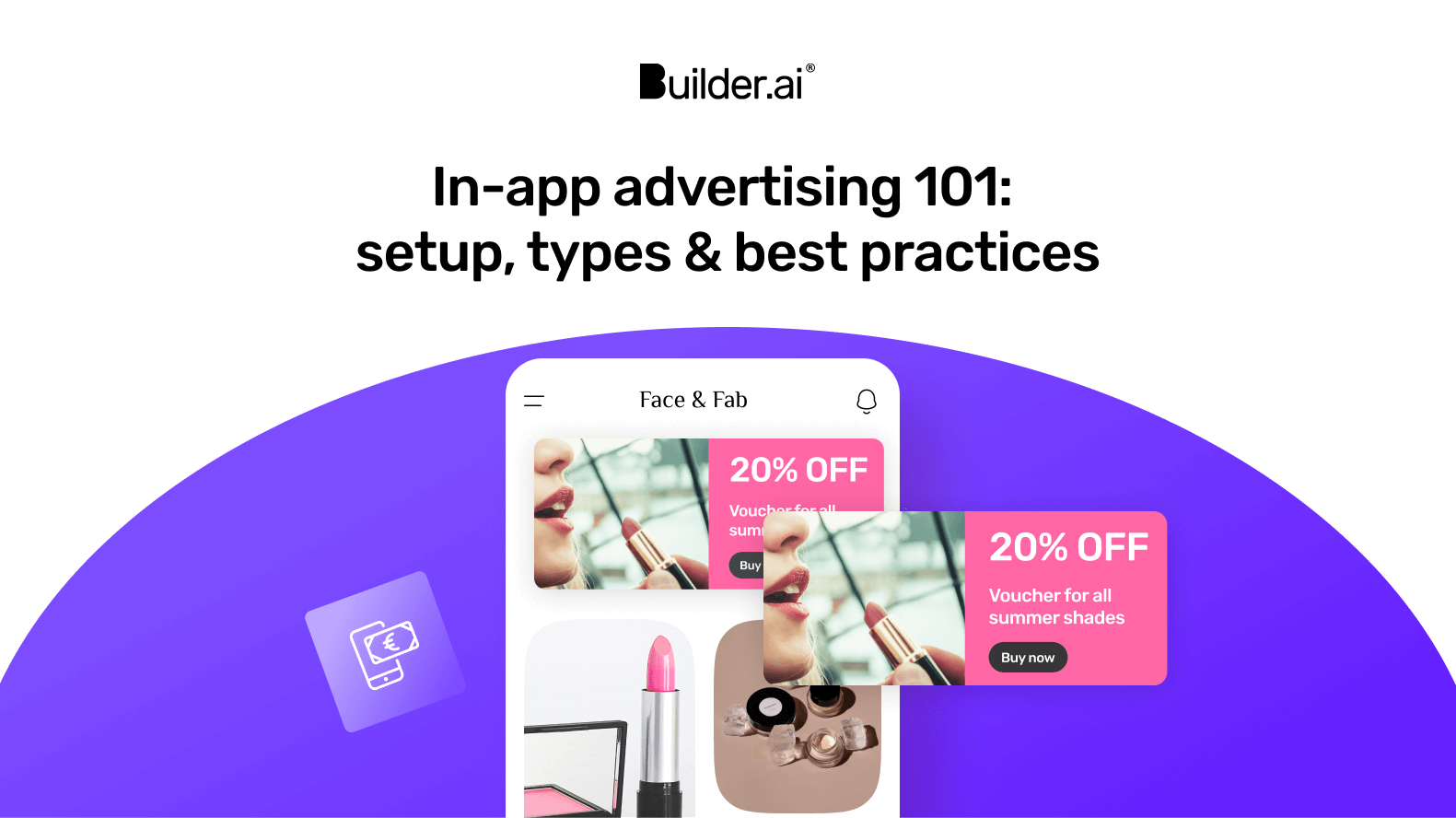
In-app advertising: How to generate revenue without destroying your user experience
It’s a balancing act to unlock this revenue stream without alienating users…
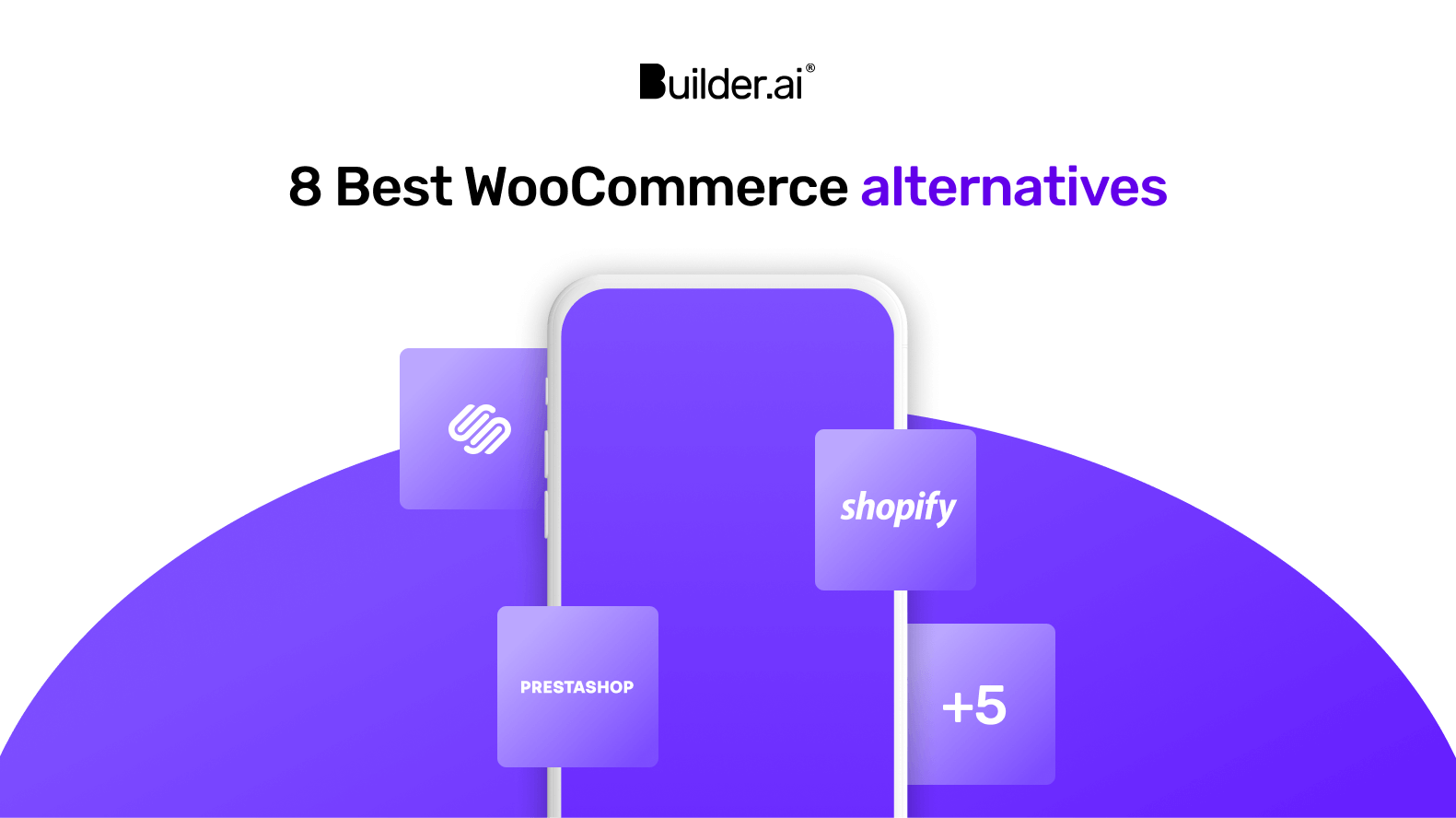
The 8 best WooCommerce alternatives that help you sell online
WooCommerce is a familiar name in the ecommerce space. But is it the best choice for your online store?
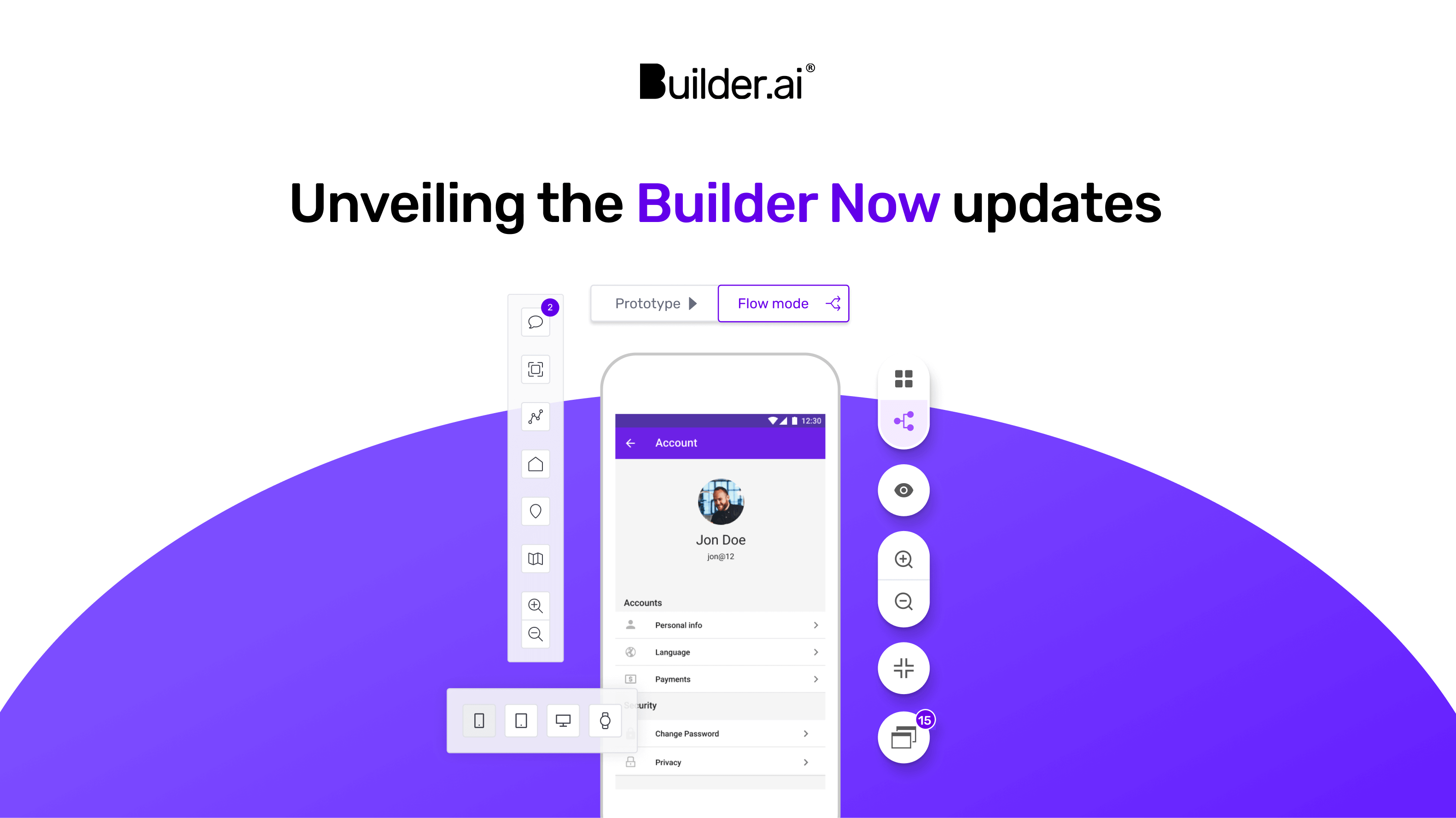
Unveiling the Builder Now updates: Creativity made easy
Welcome to the Builder Now (upgraded) revolution.
Builder Now is the platform you need to turn your app idea into a working prototype! Giving you the chance to experience (and share) your app before it even gets built.
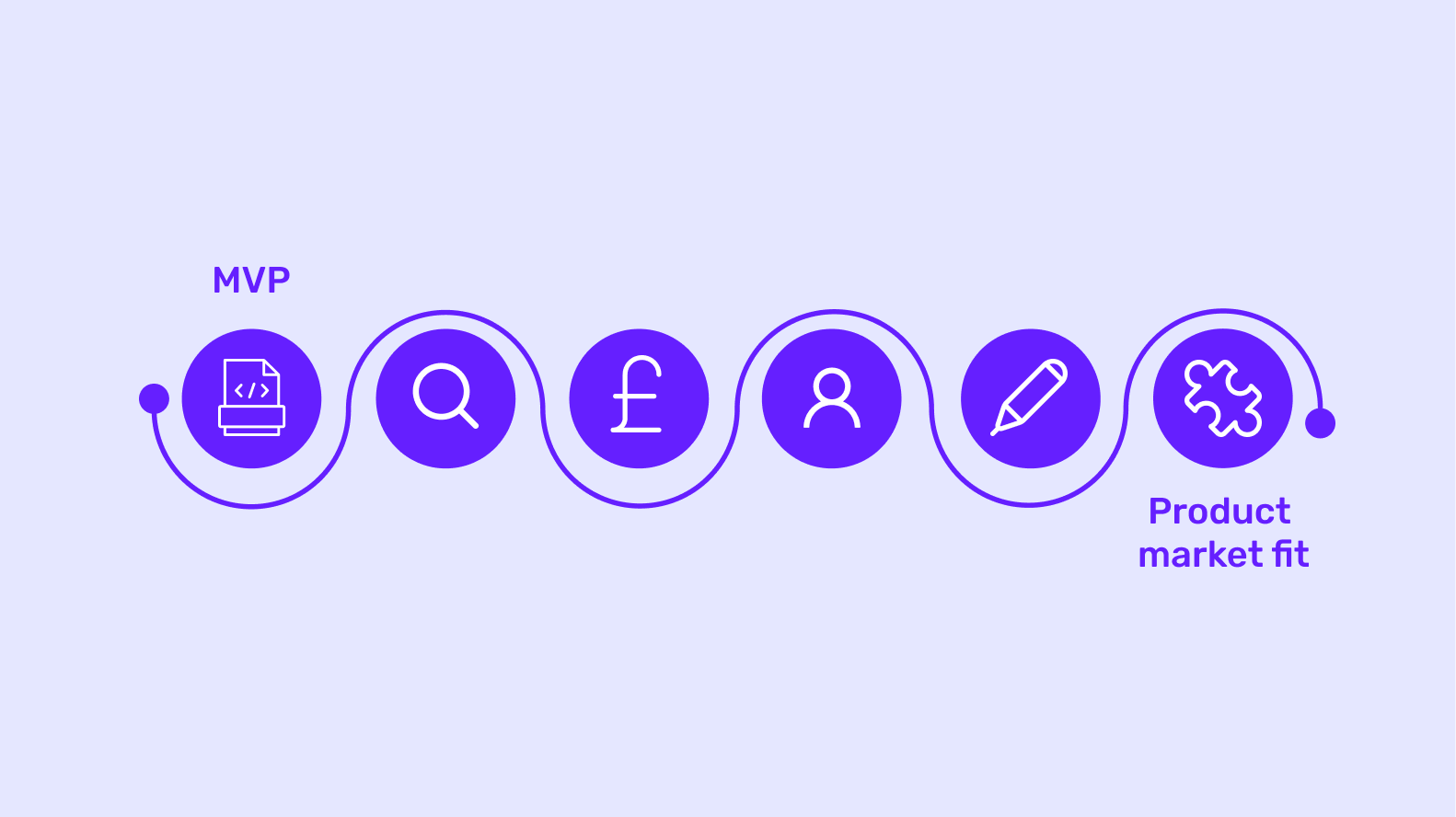
How to create a (post-launch) mobile app development roadmap
Launching your app is only the beginning…
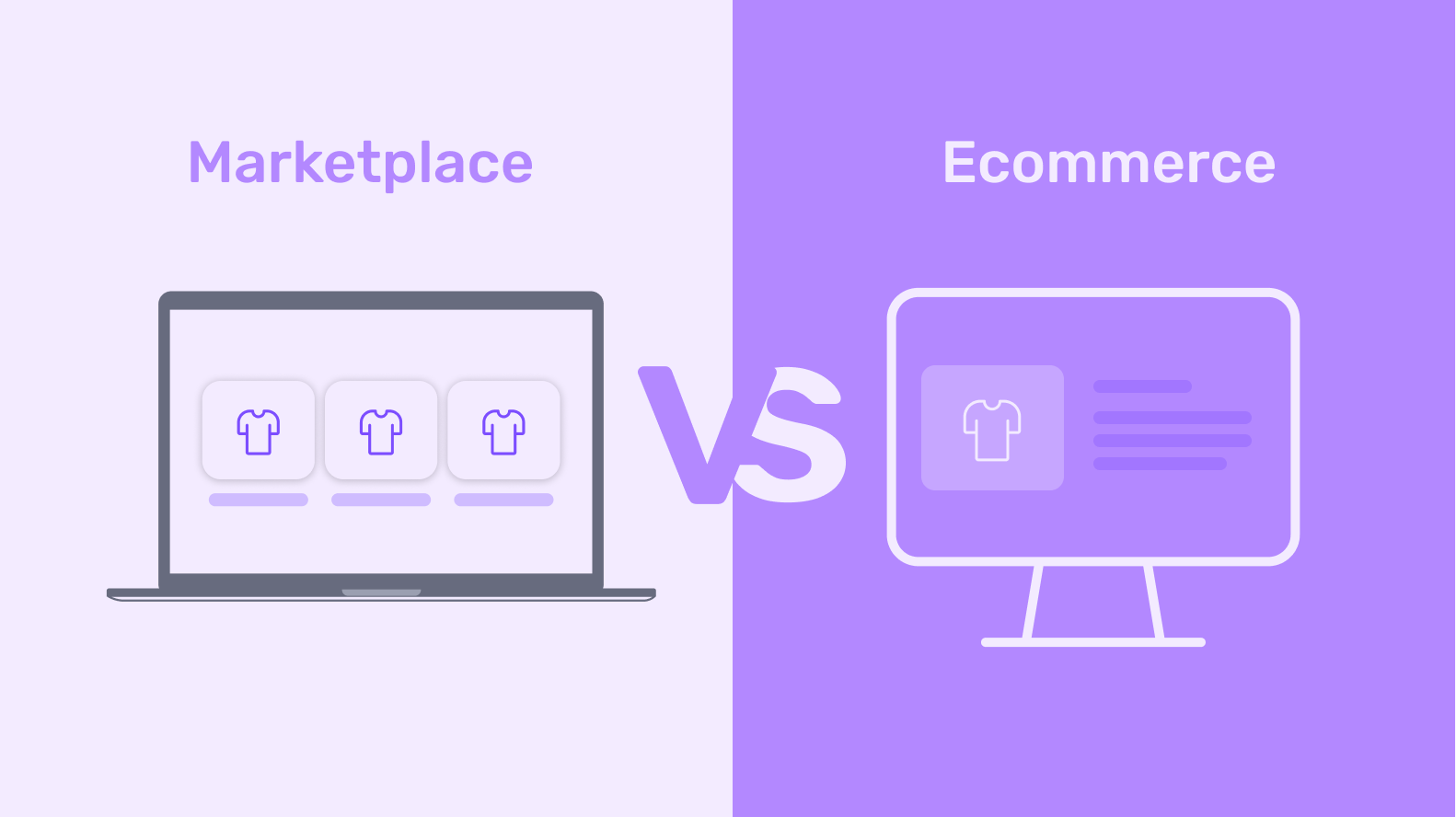
Marketplace vs ecommerce store: Which is best for your business?
While both platforms have their benefits, using them together could be the winning formula 🧪

 Facebook
Facebook X
X LinkedIn
LinkedIn YouTube
YouTube Instagram
Instagram RSS
RSS


